
The Need for Holistic Solutions in the Philippines
Explore the interconnected challenges of Population, Health, and Environment (PHE) in Sapao, a coastal hamlet in the Philippines. Our recent visit to PATH Foundation Philippines, Inc. (PFPI) revealed the gravity of the issues facing the community. Please support PFPI’s important work.
The Philippines, an archipelago of over 7,100 islands, presents a paradox of natural beauty and environmental vulnerability. With around 880 islands inhabited, most Filipinos live near the coast, relying heavily on the sea and fertile plains for their livelihoods. This proximity has historically sustained the agriculture and fisheries sectors, vital for rural and coastal communities.
SEXUAL AND REPRODUCTIVE HEALTH AND RIGHTS (SRHR) CONCERNS
However, despite its natural abundance, the Philippines grapples with significant socio-economic hurdles. This is exacerbated by a population exceeding 109 million and one of the highest fertility rates in Southeast Asia. A report exploring the history of PHE approaches in the Philippines reveals that one in ten teenagers aged 15 to 19 are starting families, with half of these pregnancies unintended. This is due to limited access to modern contraceptives and family planning services. This soaring fertility rate exacerbates poverty, with over a quarter of the population living below the poverty line.
The growing population amplifies the demand for necessities and services, driving the exploitation of natural resources through unsustainable fishing and agricultural practices. Consequently, critical ecosystems like mangroves, vital for shoreline protection and nutrient cycling, face destruction, while over 90% of coral reefs in the Southeast Asia region are under threat.
SUSCEPTIBILITY TO CLIMATE CHANGE
Adding to these challenges is the country’s susceptibility to climate change. This includes rising sea levels, increasing frequency of extreme weather events, rising temperatures, and heavy rainfall. These environmental pressures, compounded by exposure to natural hazards such as cyclones, landslides, floods, and droughts, pose grave risks. Populations residing along extensive coastlines are particularly vulnerable.
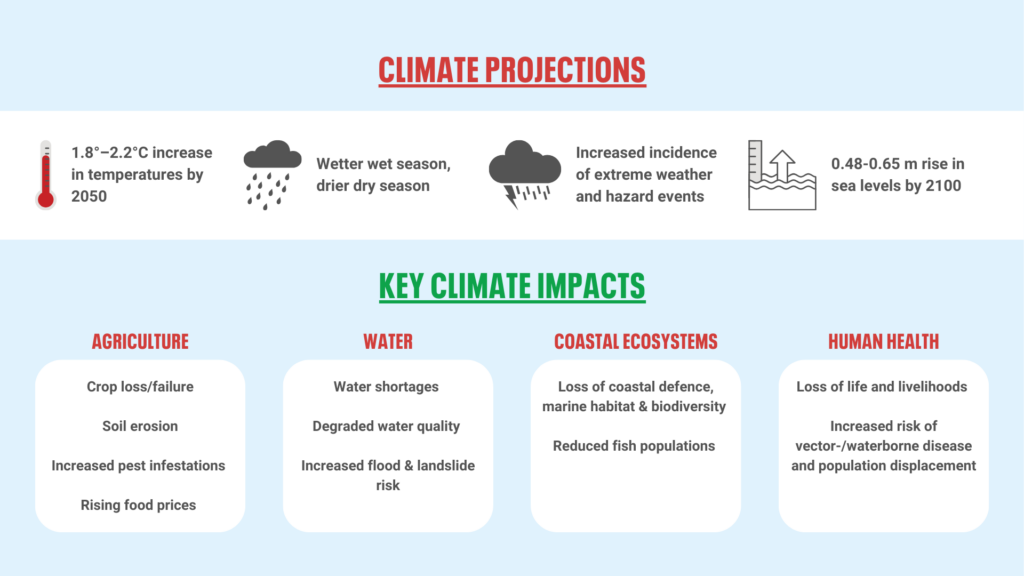
The PHE Approach: A Holistic Solution
The repercussions of these environmental and socio-economic challenges are severe, especially for the predominantly rural population reliant on subsistence farming and fishing. Declining yields intensify food insecurity, compromising health and nutrition and perpetuating the cycle of poverty. Moreover, inadequate access to family planning services exacerbates these issues, contributing to high rates of unintended pregnancies, particularly among economically disadvantaged rural women.
The infographic below highlights the cascading, cause-effect relationships between these challenges, emphasising the interconnectedness between a growing population, SRHR, and climate change.
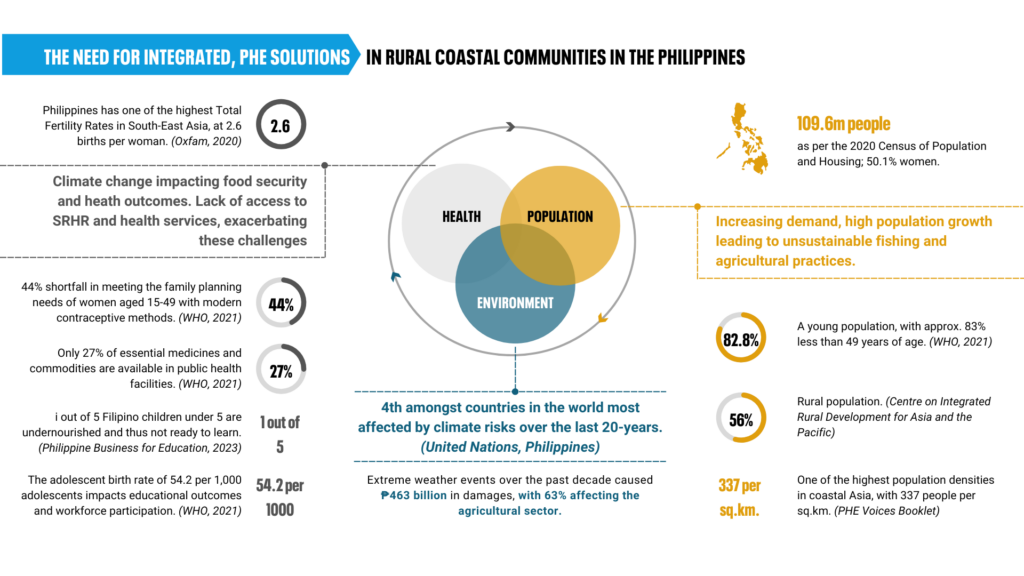
In response to these complex interdependencies, the PHE approach offers a holistic strategy. By recognising the interconnectedness of local communities, their health, and the natural resources they depend on, the PHE approach aims to break the cycle of high fertility, environmental degradation, and poverty. Coordinated interventions have proven effective in enhancing natural resource management, expanding access to reproductive health services, and improving food security and livelihood opportunities for impoverished Filipinos.
Sapao: A Coastal Community Under Pressure
Situated within Cawag village, Sapao exemplifies the challenges encountered by numerous coastal communities in the Philippines. Its economy hinges on fishing, yet it grapples with poverty, high fertility rates, and environmental degradation.
Access Challenges and LIMITED SRHR SERVICES
Sapao faces significant barriers to essential services, including healthcare, markets, and banking facilities. Surrounded by the West Philippine Sea and a private resort, residents must travel substantial distances to access vital amenities. This exacerbates health disparities.
Adding to this is the limited availability of SRHR services, elevating rates of sexually transmitted diseases and teenage pregnancies. Despite the proactive efforts of a network of village health and nutrition workers in spearheading SRHR education activities, inhabitants of Sapao face difficulties in accessing these services due to limited connectivity and their distance from the main health centre.
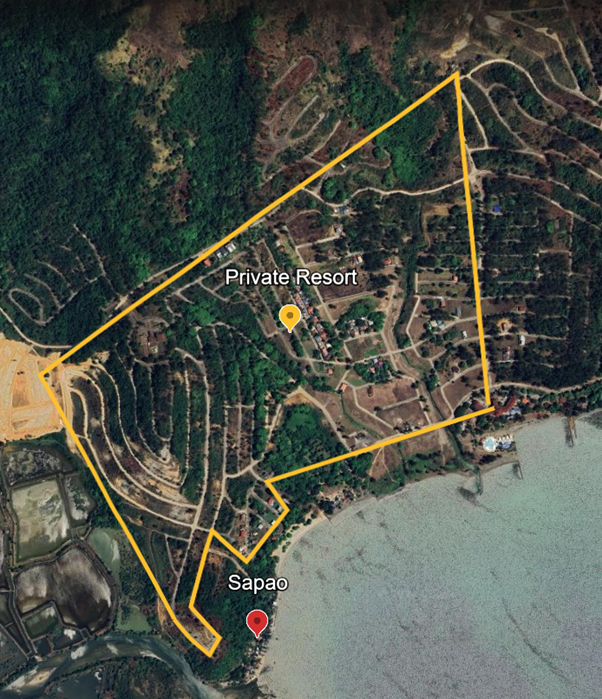
We try to explain it to them [community] this way: With ten loaves of bread and five kids, each gets just two loaves. But with ten loaves and two kids, each gets five loaves. A small change like this can greatly improve everyone’s quality of life.”
A Village Health Worker shares how they help communities understand the importance of family planning.
Despite some existing awareness, the dearth of SRHR and family planning services undermines the positive strides made, hindering progress.
Impact on Livelihoods: Climate Change’s Toll
Sapao’s reliance on fishing makes it particularly vulnerable to climate change. Rising sea temperatures drive fish populations deeper into the ocean, out of reach for small-scale fisherfolk. Legal limitations, safety protocols, and limited resources confine these fisherfolk within a 20-mile radius from the shore, challenging their ability to maintain livelihoods.
Two years ago, we would catch 4-5 kilograms of fish per day. Now, if we catch even 2-3 pieces, we are surprised. The rising temperature of the seawater pushes the fish farther into the ocean, areas we small fisherfolk cannot access.”
One of the residents of Sapao, coming from a generation of fisherfolk, reports a significant decline in their fish catch.
This decline in fish catch affects income and access to subsistence and nutrition, highlighting the interconnectedness of environmental and health challenges.
Since 1940, sea levels in the Philippines have risen by 0.15 meters, adding another layer of vulnerability for coastal communities like Sapao. The encroaching sea and coastal erosion threaten to displace families who have lived there for generations.
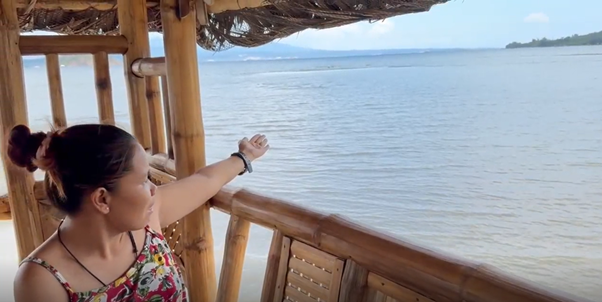
Additionally, the country’s location in the Northwestern Pacific Basin makes it particularly prone to cyclones, experiencing an average of 20 per year, with around 8 making landfall. This hinders fishing activities and causes extensive damage to boats and homes. Each storm prevents fisherfolk from going to sea for at least a week. This downtime includes the days during the typhoon and additional days needed to repair damaged boats. Smaller fisherfolk with limited resources are particularly hard hit, intensifying their problems.
The geopolitical landscape further complicates their plight, as annual military exercises disrupt fishing activities.
Harnessing the Power of Mangroves
Amidst these challenges, mangroves emerge as a vital bulwark against coastal erosion, serve as a critical buffer against coastal erosion, rejuvenate the marine ecosystem, and act as a carbon sink. Additionally, these mangroves provide vital habitats for diverse flora and fauna, including fish, crustaceans, and other invertebrates, supporting coastal communities through activities like fishing and ecotourism.
Cawag boasts 54 hectares of mangrove areas, offering a lifeline to its inhabitants. However, the majority of these mangroves fall under privately owned lots, limiting conservation efforts. Only 5 hectares, located in Sapao, fall under communal care, but they have relatively few mangroves. Due to a lack of resources and knowledge, replanting and conserving mangroves continues to be a challenge.
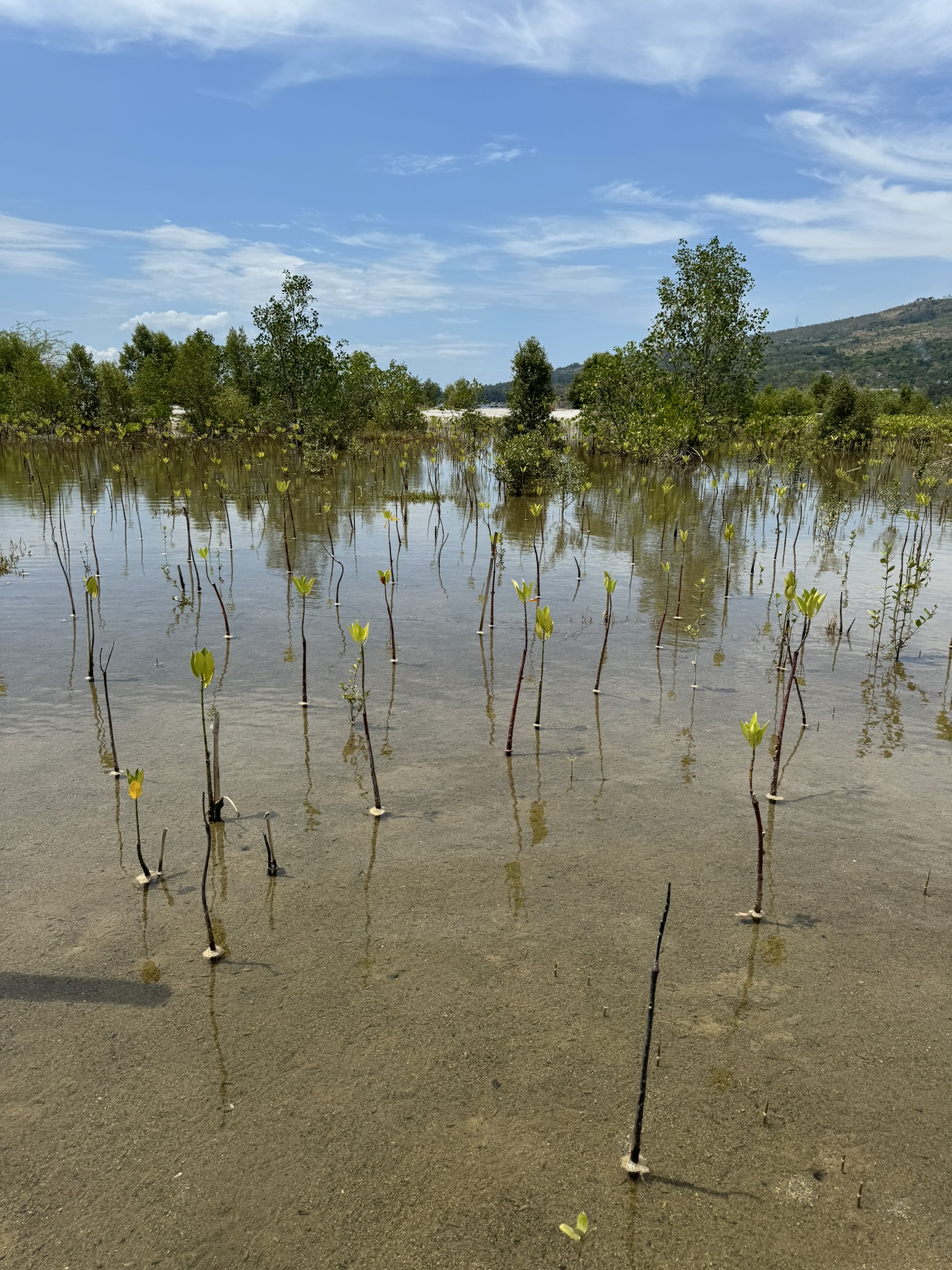
Empowering Action and Support
The challenges facing Sapao highlight the urgent need for comprehensive intervention. Teaming up with PFPI, we are empowering Sapao’s resilient women and driving sustainable community development.
Our focus: Building local capacities, providing alternative livelihood opportunities and developing and managing a mangrove-protected area to foster women’s empowerment, enhance SRHR outcomes and promote environmental stewardship.

We have come to realise that our efforts in establishing mangrove nurseries, replantation, and management will directly benefit our children. They will inherit the fruits of these endeavours.”
Expressed the residents of Sapao during a focused group discussion after PFPI’s interventions.
Explore our project page to discover more about PFPI’s work in Sapao and to lend your support. By joining us, you can contribute to empowering communities like Sapao and ensuring a brighter future for everyone.
